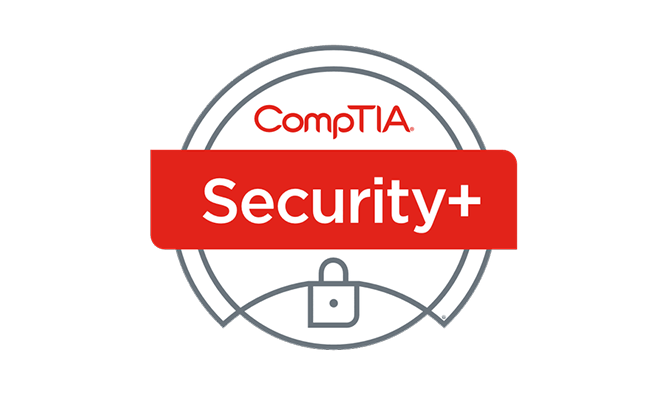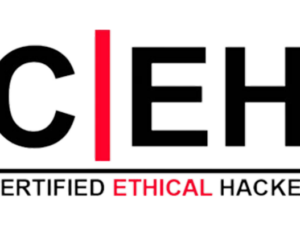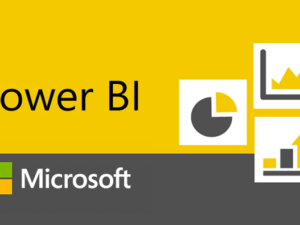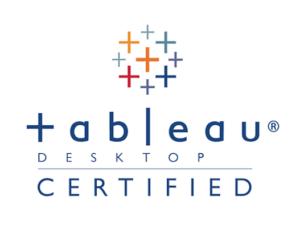CompTIA Security+ 601
- Description
- Curriculum
- FAQ
- Reviews

What is the focus of this course?
The CompTIA Security+ certification training will enable learners to gain knowledge and skills required to install and configure systems to secure applications, networks, and devices; perform threat analysis and respond with appropriate mitigation techniques; participate in risk mitigation activities; operate with an awareness of applicable policies, laws, and regulations. Upon successfully validating their skills by passing the certification exam learners will be able to perform these tasks to support the principles of confidentiality, integrity, and availability.
CompTIA Security+ meets the ISO 17024 standard and is approved by U.S. Department of Defense to fulfill Directive 8570.01-M requirements. Once you obtain your Security+ you automatically have the CE designation required in the DoD Directive 8570.01 manual and going forward must comply with the CE program requirement of completing 50 CEUs in three years to maintain the credential. Security+ is also compliant with government regulations under the Federal Information Security Management Act (FISMA).
According to the Bureau of Labor Statistics, Security Specialists, Administrators and Managers earn over $86,000 per year.
-
1Lesson 01
- 1.1 Networking
- 1.2 LAN Security
- 1.3 Firewalls
- 1.4 IDS
- 1.5 Transport Layer Security
- 1.6 IPSec
- 1.7 NAC
- 1.8 Advanced IDS
- 1.9 Advanced Perimeter Security
-
2Lesson 02
- 2.1 Principles of Security
- 2.2 Risk Management
- 2.3 Physical Security
- 2.4 Environmental Security
- 2.5 Data Classification
- 2.6 Operational Security
- 2.7 Incident Response
- 2.8 Change Management
- 2.9 Disaster Recovery
- 2.10 Forensics
-
3Lesson 03
- 3.1 Malware
- 3.2 Cyberattacks
- 3.3 DNS Security
- 3.4 Social Engineering
- 3.5 Wireless Attacks
- 3.6 Advanced Wireless Security
- 3.7 Cross Site Scripting-XSS Attacks
- 3.8 Buffer Overflows
- 3.9 Security Testing Tools
- 3.10 Security Information and Event Management
- 3.11 Platform Hardening and Baselining
- 3.12 Honeypots
- 3.13 Vulnerability Assessment and Pen Testing
-
4Lesson 04
- 4.1 Application Design Flaws and Bugs
- 4.2 Mobile Security and Device Management
- 4.3 Key Management
- 4.4 Virtualization and Cloud Security
- 4.5 Securing Storage and Storage Platforms
- 4.6 Information Lifecycle Management
- 4.7 Hacking IoT
- 4.8 Securing the Power Grid
-
5Lesson 05
- 5.1 Access Controls
- 5.2 Kerberos
- 5.3 Single Sign On
- 5.4 Identity Federation
- 5.5 Id Governance
-
6Lesson 06
- 6.1 Encryption
- 6.2 Advanced Cryptography
- 6.3 Message Authentication Codes
- 6.4 Crypto Algorithms
- 6.5 A Note On Salting
- 6.6 Public Key Infrastructure
- 6.7 PKI Management
Visa debit/credit card
American express and Diners club card
Master Card, or
Through PayPal







